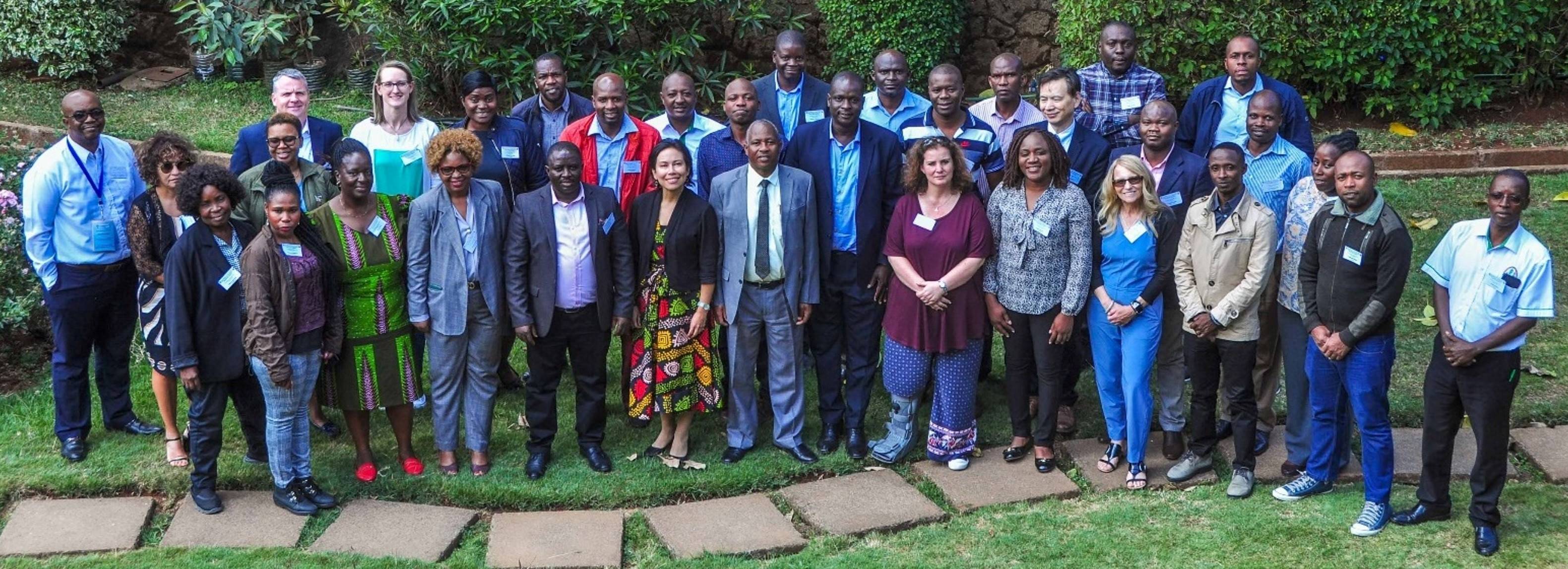* Background: The International Centre for Genetic Engineering and Biotechnology (ICGEB) held a week-long in-person training event in Nairobi, Kenya (31 October - 4 November 2022). Studies on pesticide residue analysis and field residue decline assessment are currently being conducted as part of the project’s objective of promoting the use of biopesticides to mitigate pesticide residue levels. One of the two residue mitigation studies is being conducted by the Kenya Plant Health Inspectorate Service (KEPHIS), which has a laboratory operating at Good Laboratory Practice (GLP) level, and whose personnel have much experience in conducting such studies; hence their facilities in Nairobi, Kenya were identified as ideal for the training event. * Objective: The 30 trainees were scientists from key public sector institutions of the seven participating project counties (Botswana, Kenya, Mozambique, South Africa, Tanzania, Zambia and Zimbabwe). The project's intention was that these trainees would then become trainers: to transfer knowledge and skills onto colleagues in their respective institution as an extension of skills development, as well as to other stakeholders within their network so as to increase awareness on, and promote the use of, biopesticides in IPM. The workshop provided both theoretical and practical training for the field and laboratory components of residue mitigation studies. In addition to this, training on functional capacity development (or “soft skills”) was provided. The field and laboratory training was conducted by experts through one of the project’s partners: Ag Aligned Global; and the functional capacity development training was conducted by the project’s Programme Specialist, with the assistance of two TWG members - all who received training from another of the project’s partners: Asia-Pacific Association of Agricultural Research Institution (APAARI). Additional participants/ observers included two members of the Project’s Advisory Board.
